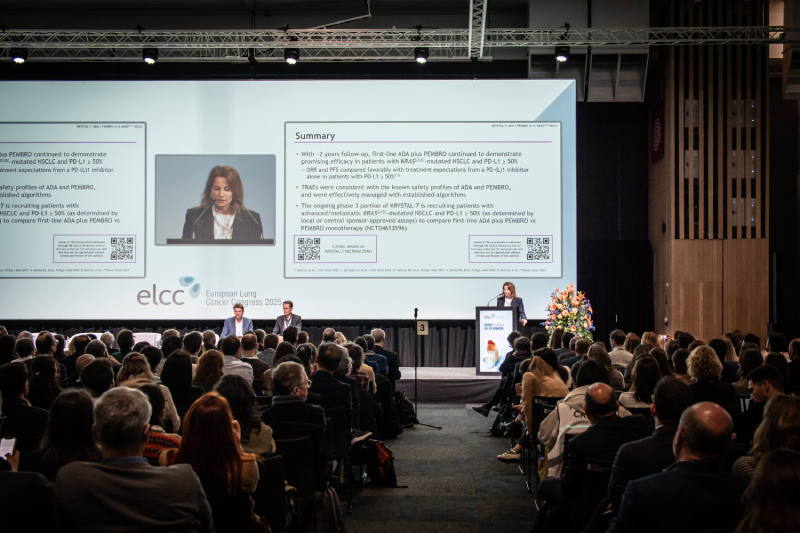
Researchers in China created a novel prediction model that can forecast overall survival (OS) in patients with lung adenocarcinoma based on different pyroptosis-related gene (PRG) subtypes.
The study, led by Ziang Wen, used genomic data from The Cancer Genome Atlas and GEO databases. Then, the data were classified based on different PRG subtypes using the K-means clustering method.
Patients were divided into two subtypes based on the differentially expressed genes. Wen and colleagues learned that the survival probability of patients in subtype 1 was higher than those in subtype 2.
From these findings, the prediction model was constructed based on 13 genes. They included the following: IL-1A, P2RX1, GSTM2, ESYT3, ZNF682, KCNF1, STK32A, HHIPL2, GDF10, NDC80, GSTA1, BCL2L10, and CCR2. Clinical variables for all patients were also considered, such as T stage, N stage, total stage, age, gender, and risk score.
A corresponding point was given to each of the prognostic indicators in the model, which was then able to help evaluate the 1-, 3-, and 5-year survival rates of patients. The model showed that patients with higher overall points had worse clinical outcomes.
“In this study, assessing the expression levels of 13 PRG [subtype]-related genes in combination with traditional TNM classification can better guide survival predictions and treatment decisions for patients with lung adenocarcinoma,” the researchers said.







 © 2025 Mashup Media, LLC, a Formedics Property. All Rights Reserved.
© 2025 Mashup Media, LLC, a Formedics Property. All Rights Reserved.